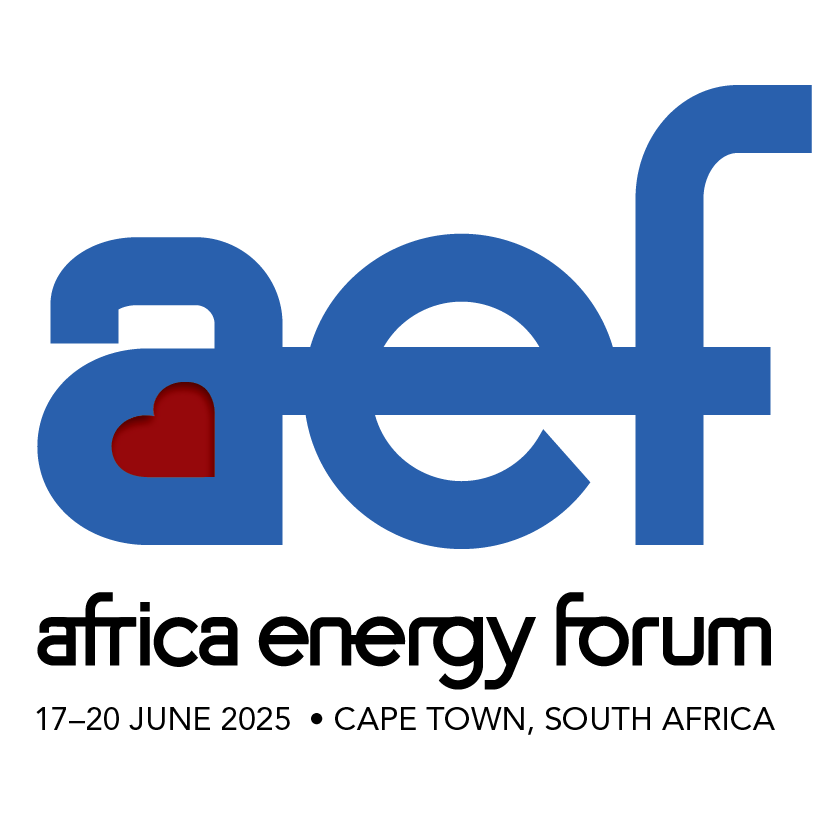Day 3 – 09.00 - Stream 2 - Increasing Pace & Scale of Africa’s Renewable Energy Projects | Developing Hydropower in Changing Climate Conditions
As a critical component of the renewable energy mix, hydropower formed the centre of discussions in Boardroom 1 at the start of day three of aef 2023.
While the continent’s climate will naturally mean that solar, and in some places wind, take precedence in many African countries, there is no question that hydropower represents a critical energy resource for others.
According to the International Hydropower Association (IHA) , Africa has among the largest untapped potential for hydropower development in the world, with its potential exceeding current and medium-term demand on the continent. Further, the International Renewable Energy Agency (IRENA) states that the cost of electricity from new hydropower projects remains among the cheapest renewable energy sources globally.
Diving into discussions, the panel highlighted the potential role for hydropower to play in Zambia and Zimbabwe thanks to the Zambezi River. Further, the longevity of hydropower stations versus other assets was also outlined, with one speaker revealing that some hydropower assets created in the early 1900s are still in operation today.
However, for all the talk of prospects, it was flagged that a stark gap still exists between capacity and potential, and many hurdles still need to be overcome if the role that hydropower is able to play on the continent is to materialise.
So, what exactly needs to be done to bridge this gap?
One speaker advocated that good project preparation for hydro is critical, particularly if assets are going to sustain for decades. Taking development as a marathon can be slow and frustrating, but by preparing things properly, sustainable, game changing projects will ultimately be delivered and will last for generations.
Here, adaptation and resilience were outlined as vital. One speaker mentioned that what were once one in 100-year floods are now perhaps one in five- or 10-year floods, with climate change having made extreme weather events much more unpredictable and frequent. So, projects need to be adapted and prepared to de-risk their development.
A question was then posed which specifically looking at how the industry can forecast the development for projects that might take 10 years to see through. Specifically, concerns were put forward about the difficulties in assessing whether feeds and reservoirs will remain safe and usable given the growing impacts of climate change.
In response, one speaker highlighted that most projects lean on large lakes and regulated rivers that, despite the impacts of climate change, provide a degree of certainty in respect of their hydrology. It was outlined that this is undoubtedly a risk, but risks are present across all renewable assets. In the case of wind patterns and forecasts, there is also unpredictability. And in all cases, it’s about reducing these risks where possible.
Another speaker then weighed in, highlighting that the climate change-induced hydrology changes are different. The flow of some rivers is dependent on rainfall, while others are dependent on the melting of glaciers, meaning the impacts of climate change might be opposing.
In any case, the importance of designing hydropower plants to be flexible enough to adapt to flow changes was made clear.
A further question was asked, looking at whether hydropower problems always solely stem from climate change, or whether the mismanagement of water resources can also lead to low water levels and impede hydropower plants.
Here, both Tanzania and the Kariba asset in Zambia were discussed as examples, with a tug of war being highlighted – when economies are hard pressed, there is a need to ramp up generation to meet demand, and this combined with droughts can quickly lead to problems.
However, despite the potential issues, be it in the form of climate change, water management challenges, or demand issues impacting project development in instances such as Grand Inga, it was concluded that for base load, hydropower is a viable solution for many parts of Africa. Not only does it not suffer from the same intermittency issues as solar and wind, but it provides very affordable electricity.
With energy demand growing twice as fast as the global average, Africa can become the first continent to develop its economy using renewable and efficient energy. And hydropower will have a major role to play within this in years to come.

.jpg)